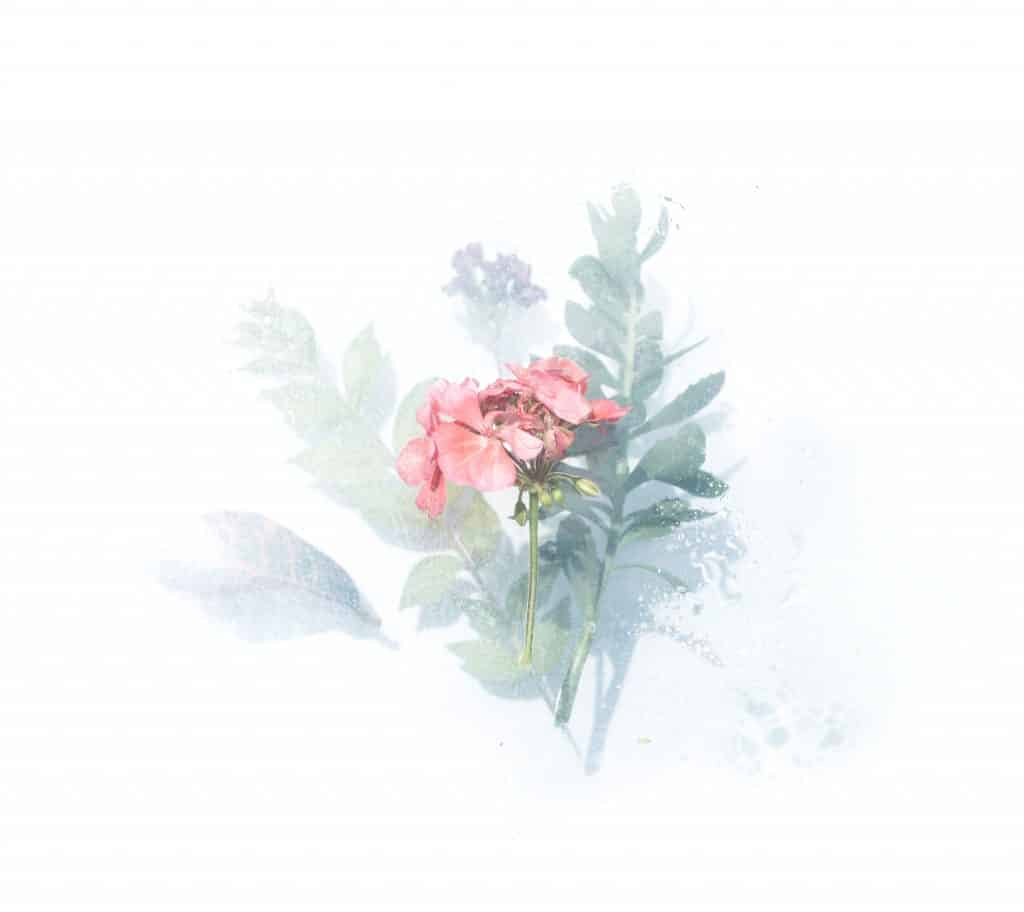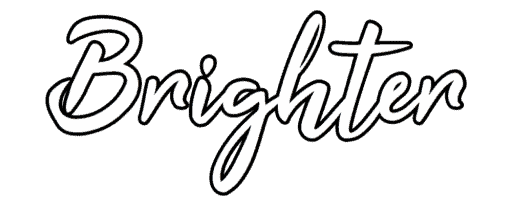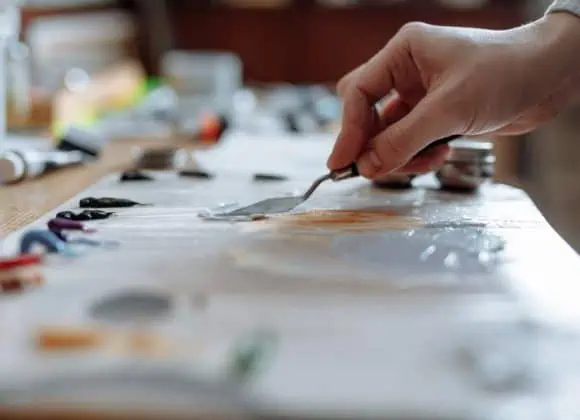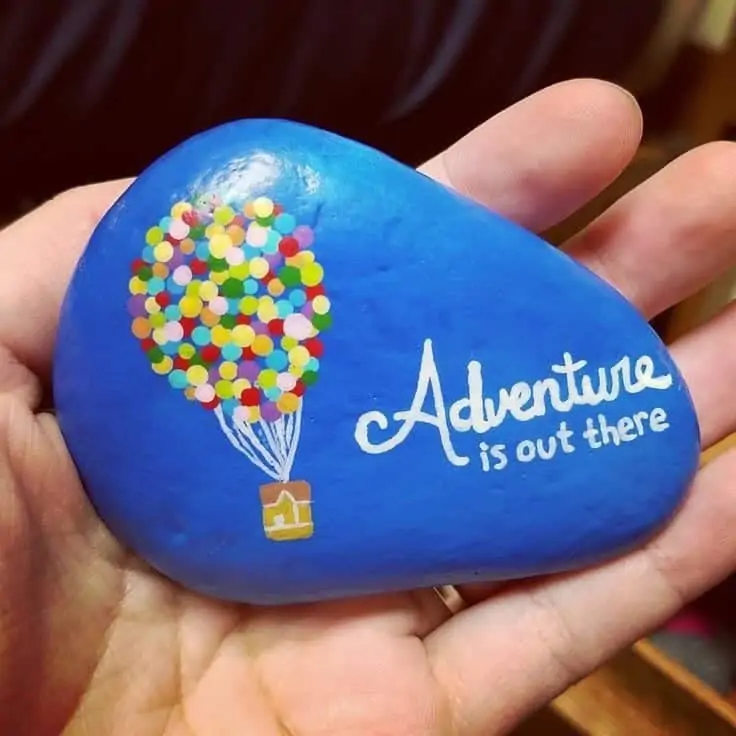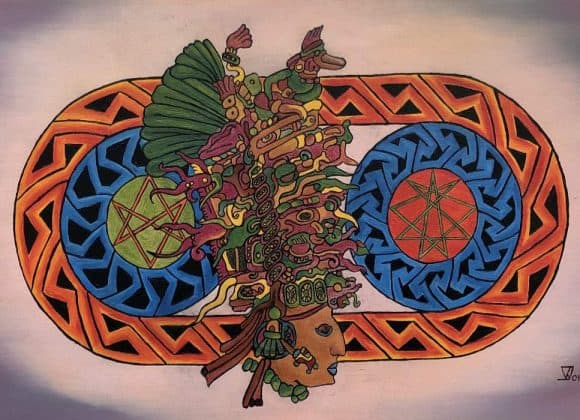Are you looking to take your watercolor painting skills to the next level? Here are some tips and techniques to help you achieve your goals.
Table of Contents
Practice Regularly
As with any skill, the more you paint, the better you will become. Set aside time each day or week to paint and make it a habit. You can start with simple still life setups, work from photos or paint using real world observation. The trick is to be determined and consistent with your practice. Rome wasn’t built in a day.
Exploring Watercolor Techniques: A Guide to Finding Your Own Style
Watercolor painting is very versatile and there are many different techniques and styles to explore. Whether you’re a beginner or an experienced watercolor artist, studying different techniques and experimenting with different styles can help you find your own voice and develop your own unique style.
Researching Watercolor Techniques
One of the best ways to learn about watercolor techniques is to research them. There are many books, online resources, and workshops available that can help you understand these different techniques and styles of watercolor painting. Take some time to study the works of different artists and try to understand their techniques and processes.
Ask questions. Whether in person or on an internet forum you will find most artists are more than willing to talk about the ways they have learned to improve their own paintings.
Experimenting with Different Styles
Once you have a better understanding of some different watercolor techniques, it’s time to experiment with them for yourself. There are many different styles of watercolor painting, from loose and expressive to tight and controlled. Experiment with a variety of techniques to find what works best for you and your style.
Try using thin washes of color with pencil lines, or you can layer the paint up thickly to create a more intense color. Try dry brushing too. It can be a great way to create texture in your paintings.
Learn to use the watercolor to create depth in your paintings and they will start to come alive.
Finding Your Own Style
Experimenting with different techniques and styles will help you find your own style and voice. Don’t be afraid to try new things and take risks. and what kind of work you want to create.
Studying watercolor techniques and experimenting with different styles is an important part of the learning process. The more you experiment and try new techniques, the more you will learn about yourself as an artist. This will help you develop your own unique style and create paintings that are both distinct and personal.
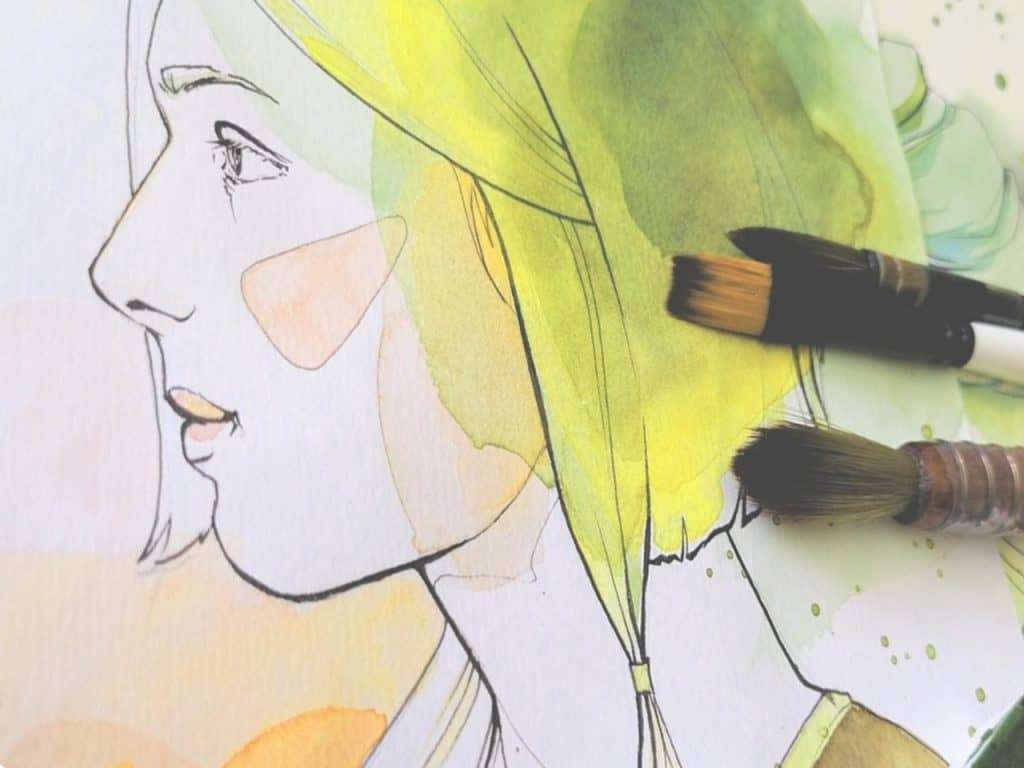
The Benefits of Observing and Studying the Works of Other Watercolor Artists
One of the best ways to improve your watercolor skills is to watch other artists and study their work. By examining the brushwork, color choices, and compositions of other artists, you will gain a deeper understanding of what watercolor painting is all about.
Understanding Brushwork
When you see the brushwork of other watercolor artists, take note of the way they work and how they use different techniques and effects. Analyse how they use their brushes to control the flow of the water and paint. Watch how they vary their brush pressure to create different effects.
Examining Color Choices
Examining the color choices of other artists. It will give you a better understanding of how to use color to create mood and atmosphere. Look at how they mix colors, how they use complementary colors, and how they use color to create depth and dimension. Study how to create color gradients and try to understand how color theory can help you create better paintings.
Analysing Composition
Composition is an important aspect of watercolor painting. Study the compositions of other artists. It can help you understand how to create an effective and aesthetically pleasing composition. Watch how they balance the elements in their paintings. Understand how they lead the eye of the viewer through the painting, and how they use negative space.
Developing Your Own Unique Style
By observing and studying the works of other watercolor artists, you can learn from their techniques and incorporate elements into your own work. This will help you develop your own unique style and create paintings that are distinct and personal.
Take time to observe and study the works of other watercolor artists. It is an important part of the learning process. By examining their brushwork, color choices, and compositions, you can gain a deeper understanding of the watercolor medium and develop your own unique style.

The Importance of High-Quality Materials in Watercolor Painting
When it comes to creating a successful watercolor painting, the materials you use play a significant role. High-quality materials can make all the difference in the final outcome of your artwork. Here’s why it’s important to invest in good-quality watercolor paper, brushes, and paint.
Watercolor Paper
Watercolor paper is an essential component of watercolor painting. It’s important to choose a paper that is specifically designed for watercolor painting and has a high weight and absorbency. A paper with a rough texture will help the paint adhere better, and a paper with a cold-pressed surface will give you more control over your brushwork.
Brushes
Brushes are another important factor in creating a successful watercolor painting. A good brush will hold enough water and paint to allow you to work freely and confidently. Invest in a variety of brush sizes and shapes to give you more options and help you control your brushwork.
Paint
The quality of the paint you use can make a significant impact on the final outcome of your artwork. Look for paints that are rich in pigment. The stronger the pigment the less paint you will need. Avoid paints that are chalky or have a low pigment concentration.
It’s also important to choose paints that are easy to mix and have a smooth consistency. Investing in high-quality watercolor paper, brushes, and paint will give you the best results in your watercolor paintings. Choose materials that will help you work easily and confidently. They will help you to create a successful painting.
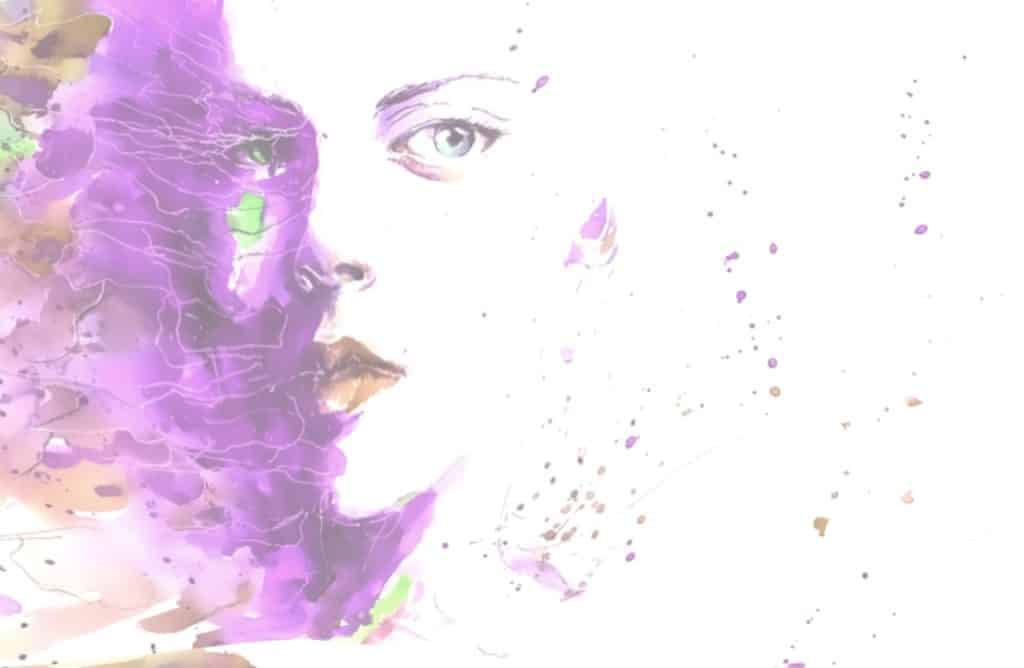
Painting from Life and Using Reference Images to Improve Your Watercolor Skills
When it comes to watercolor painting, both painting from life and using reference images have their own unique benefits. In this article, we’ll explore the advantages of both methods and help you determine which is best for improving your watercolor skills.
Painting from Life
Painting from life is the best way to develop your observation skills. When you paint from life, you are working directly from the subject and are able to capture its unique character and qualities in a way that is difficult with reference material. Painting from life will also help you understand light and shadow, color, and form in a different way as it is ever changing.
Using Reference Images
Using reference images is a great way to practice your techniques. You are less restricted with time so you can repeat things more without problems like the light changing or the subject moving. Reference images provide you with a visual cue and can be a great way to experiment with different techniques and styles. When using reference images, choose high-quality images.
Both painting from life and using reference images have their own unique benefits when it comes to improving your watercolor skills. Choose the method that works best for you and continue to practice and refine your technique. With time and effort, you will see improvement in your work.
Work on Value, Color Mixing, and Composition
Value refers to the lightness or darkness of a color. Work on understanding how value affects the mood and atmosphere of a painting. Color mixing is also crucial to creating a harmonious painting. Experiment with different color combinations and see how they work together.
Study color theory and try to understand the effect of using complimentary colors. Try to get a feel for how secondary colors can be used to create tertiary colors from primary colors. All of these things will help you understand the effect of color better.
Finally, composition is key to creating a well-balanced painting. Study the principles of composition and apply them to your own work so you can learn to lay out your paintings better.
Don’t be Afraid to Make Mistakes
Watercolor painting can be challenging, and it’s not unusual to make mistakes. Don’t be discouraged! Use your mistakes as an opportunity to learn and grow as an artist. Ask for feedback from other artists or teachers, and keep practicing. With time and effort, you will see improvements in your work.
The key to improving your watercolor painting skills is to practice regularly, study techniques, use quality materials, and learn from your mistakes. By following these tips, you will be on your way to creating beautiful and unique watercolor paintings.
